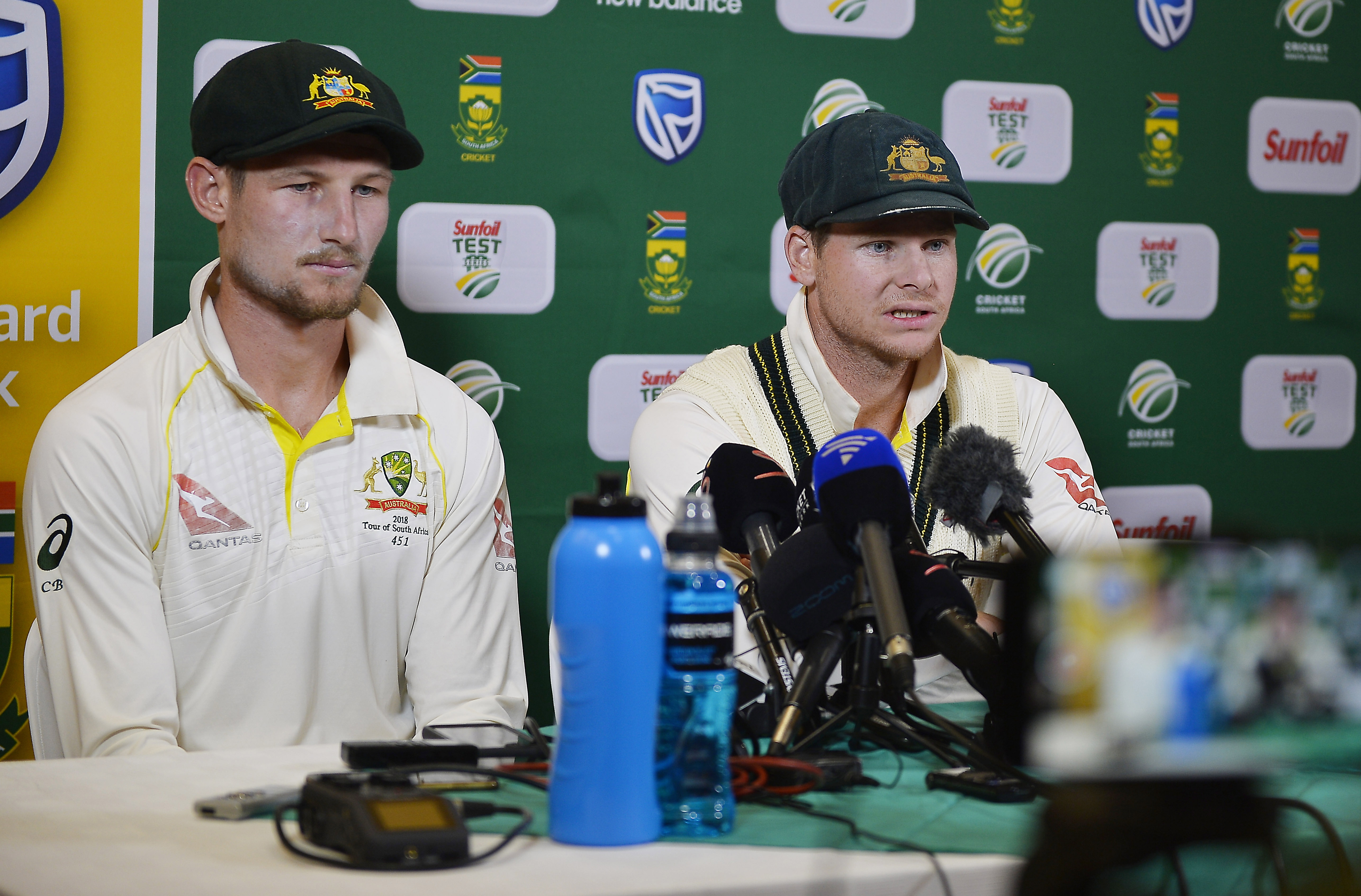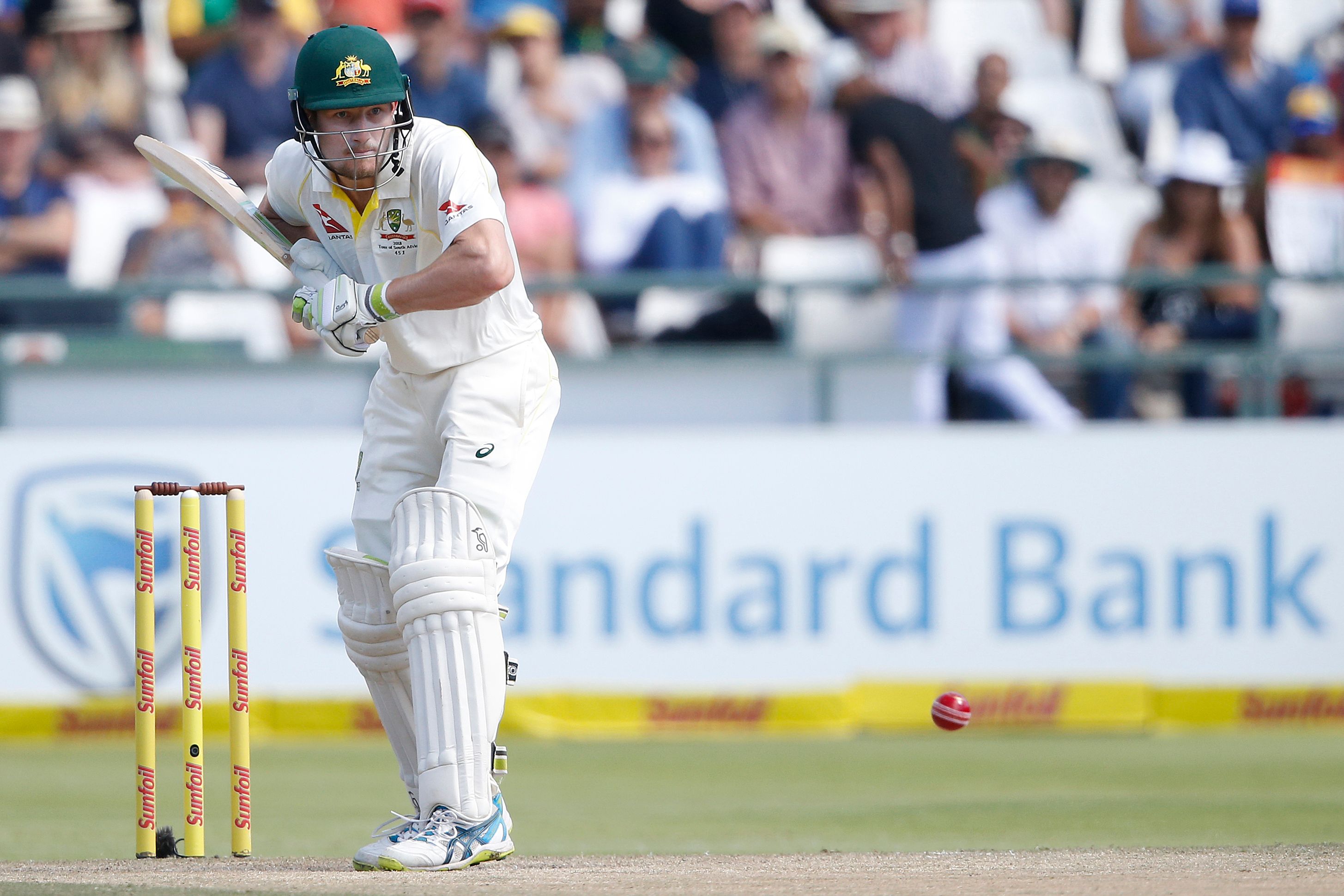
Banning cricket cheats: How long is long enough?

Banning Steve Smith and David Warner for 12 months is a serious statement from Cricket Australia
Published 27 March 2018
The ball tampering antics of the Australian cricket team in their Test series against South Africa has left sports coaches and parents around the country trying to explain as best they can why Steve Smith, the captain of the Australian cricket team, cheated.
He resorted, and later admitted, to undermining the integrity of the game and breaches of the sport’s code of conduct.

Cricket Australia quickly sent its high-performance director, Pat Howard, and the head of its sports integrity unit, Iain Roy, to South Africa to investigate.
They found the conspiracy to cheat was limited to just three players - Steve Smith, Vice Captain David Warner and batsman Cameron Bancroft, with Smith and Warner banned for 12 months each and Bancroft for nine months. Coaching staff were cleared, reducing the potential damage to reputation somewhat.
The sanctions reflect just how seriously the national governing body is taking the incident. It means neither player will be part of the the four match Test series against India next summer, beginning in November/December 2018. This is a very serious statement of intent by Cricket Australia, and has significant commercial ramifications for the players.
While ball tampering isn’t uncommon in the sport, this incident not only breached the integrity of the game, but reflects the fact that the integrity or ethos of the Australian cricket team itself needs thorough examination.
What did the investigation consider?
There are usually five key questions in sports integrity investigations of this kind – what was the plan or conspiracy to cheat; how was it achieved; why was it proposed; who exactly was involved; and what is the appropriate sanction?

In this instance, the answer to questions one and two appear clear and indeed have been admitted by many of those involved. There was an attempt, using tape of some kind, to grit the ball on one side to reverse swing the bowling.
The third or “why”’ question also appears clear. Faced with losing another Test match in the series, the Australian team’s leadership group, during the lunch break on Saturday, concocted their ball tampering plan.
This was despite 30 cameras surrounding the field of play and heightened media interest in the game, given so-called sledging incidents between the players. It seems the win-at-all-costs mentality of the team and its core leadership led to the decision that any possible risk of getting caught was worth the potential rewards.
#sportslaw Why did Cricket Australia's Chief Executive James Sutherland not use the world cheating in today's "ball tampering" press conference? He is being ultra cautious but I can understand why - thread @TraceyLeeHolmes @MaryGearin @MelbLawSchool
— Jack Anderson (@sportslawMELB) March 27, 2018
It wasn’t just the side of a ball that was being manipulated, it was, potentially, the outcome of the game itself. It wasn’t just the South Africans being cheated, but all of us who watch the game and expect it to be played competitively but fairly.
How do these sanctions compare?
This means that the answer to the fourth question is crucially important, with only three players found to have known about the incident.

Smith had already received a one match ban from the International Cricket Council (ICC) and Bancroft was given demerit points. Both had their match fees deducted.
Under the applicable code of conduct, life bans can attach to the gravest offences, including the ‘catch all’ charge likely to be used here – bringing the sport into disrepute or conduct unbecoming to the game.
But placed against the ICC’s punishments, life bans were never likely. In fact, ball tampering bans historically have not resulted in long bans in cricket. In 1994, the then England Captain Mike Atherton held onto the England captaincy and avoided suspension but was fined $3,700 after he was caught using dirt in his pocket while manipulating the ball during a Test against South Africa at Lord’s (#dirtgate).

Arts & Culture
A corrupt contest - how sport is fighting the fixers
In 2010, Pakistan’s Shahid Afridi was banned from two Twenty20 internationals after being found guilty of ball tampering by biting on the seam during an international in Perth (#bitegate). In 2013, South Africa’s Faf du Plessis was fined 50 per cent of his match fee for rubbing the ball against the zipper of his pants pocket (#zippergate). In 2016, du Plessis was filmed shining the ball with saliva while also having a mint in his mouth. The ICC gave him three demerit points on his record (#mintgate).
When it comes to #tapegate, Cricket Australia has treated the current misbehaviour in a much more serious manner, as a reflection of the integrity of the team and the game itself.
An added complication for all those involved is that Cricket Australia centrally contracts the players involved – those contracts are up for renewal at the end of April.

Health & Medicine
Knee deep in footy injuries
The wider fallout
There is also more at stake here than any ephemeral notion of the spirit of the game.
Already corporate sponsors, and including those relating to individual players, have expressed concern. Sponsors’ money along with a TV rights deal – the latter with great commercial sensitivity being negotiated at present – underwrite the viability of cricket at all levels.
Domestically, cricket must fight for exposure with the AFL and the rugby codes amongst others. Internationally, the future of Test cricket as a format of the game is being questioned.
Australian sport, recreationally, professionally and commercially holds itself, rightly, to its own high standards of integrity.
The ethos of the current senior men’s team, at least in the last few months, shouldn’t be taken to reflect the ethos of the sport as a whole in Australia. The forceful, sometimes shrill, invective directed against the few (Smith and others) actually shows that the fundamental desire for fair play in sport is still respected by the many.
The bubble that is elite sport means that the moral compass of those who play it is often skewed. It often goes, as does the players’ judgement, into something the Australian players tried but failed to do at the weekend - reverse swing.
Banner image: Getty Images
